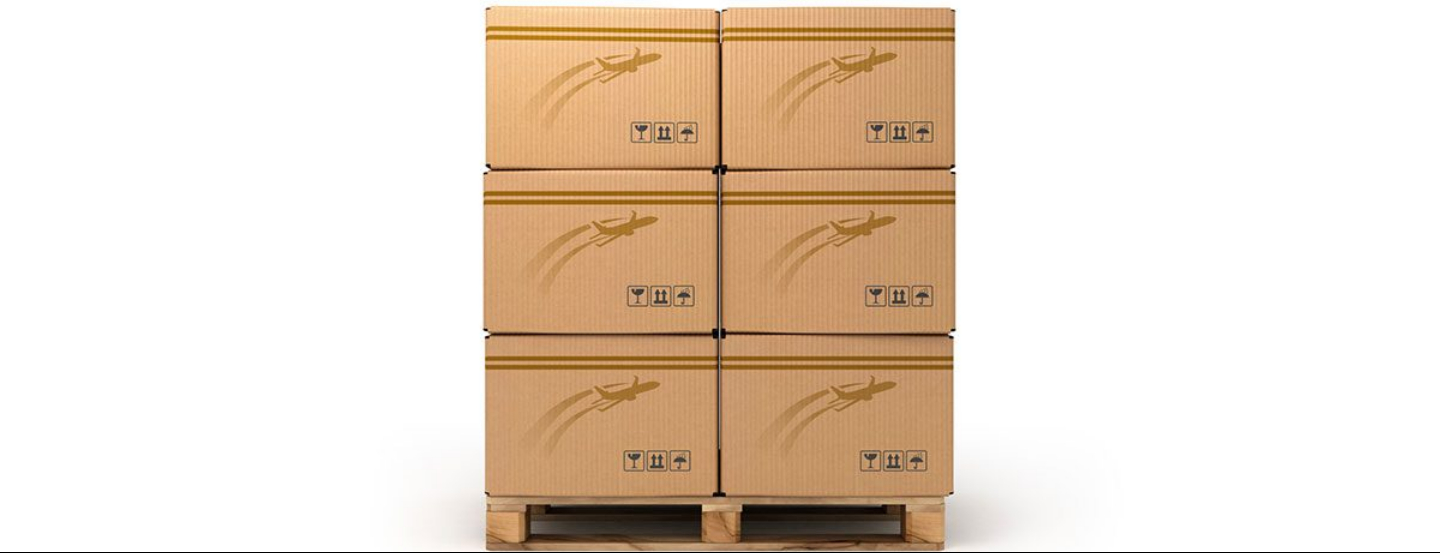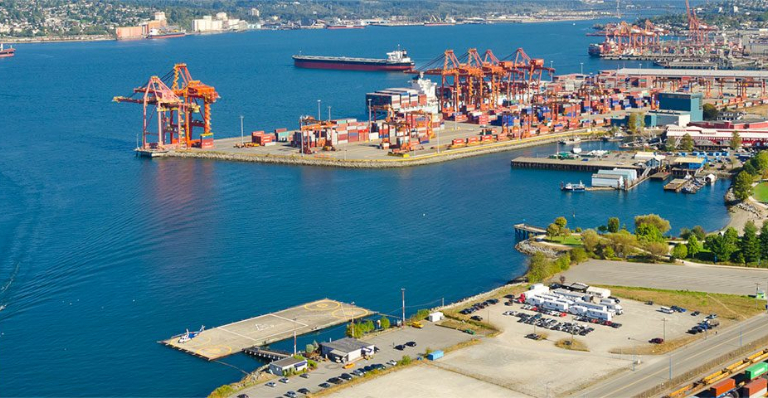If you’ve only done business in the United States or Mexico, your first encounter with trade barriers in OECD markets may come as a surprise. This is because you’ve been shielded from most such barriers by NAFTA, which has eliminated or reduced the obstacles to free trade across North America.
When you look for opportunities in other OECD nations, however, you’ll often encounter unfamiliar hurdles that increase the difficulty and expense of doing business in those markets. These trade barriers include both tariff barriers (duties on imports, normally) and a variety of non-tariff barriers (such as import quotas). Identifying such obstacles should be a high priority when you’re considering a new market, since they can significantly affect your entry strategy—or even whether you enter a market at all.
“One of the first things you should do,” says Emmanuelle Ganne, Vice-President, Europe, Allam Advisory Group, “is look carefully at the market’s regulatory framework. In particular, find out whether the country where you want to trade has a free trade agreement (FTA) with Canada. The trade barriers you’ll face will differ depending on whether there’s an FTA in place or not. If there is such an agreement, you should find out exactly what it covers.”
The main purpose of an FTA is to make it easier for the participating countries to trade with each other. In its most basic form, it does so by reducing or eliminating the tariffs on goods that originate in one nation and are sold in the other. Depending on how an FTA is negotiated, however, it can also affect many kinds of non-tariff barriers, and this can be important when you’re developing a market entry strategy.
As of mid-2016, Canada had FTAs in force with the following OECD nations or groups of nations (other than the United States and Mexico):
- Chile
- Israel
- Korea
- European Free Trade Association (Iceland, Norway, Switzerland)
Not yet in force, although the negotiations have been concluded, is the Canada-European Union Comprehensive Economic and Trade Agreement (CETA), which covers trade between Canada and the E.U.
Since the OECD has over 30 member countries, this leaves numerous other markets where there are no FTAs to minimize the trade barriers you may face. But this should in no way discourage you from pursuing new opportunities abroad. “Trade barriers can certainly make it harder to do business in any market,” says Ganne. “However, they’re rarely insurmountable. Before committing yourself to a market, of course, you should carefully study the various trade barriers you may encounter and make sure that your returns will make up for the costs of dealing with them.”
In more detail, here are some of the major trade barriers your company might have to deal with outside North America:
Tariff barriers refer to duties imposed on imports at a country’s border, and are normally used to generate revenue for the government. But they can also be imposed to restrict the volume of imports, to protect a country’s trade balance or to protect local industries by making imports more expensive than their domestic equivalents. Tariff levels vary widely from country to country, but they’re generally determined according to the weight or volume of the product, or as a percentage of the value of the goods or services.
A tariff barrier
The E.U. tariff on frozen mackerel is 20 per cent and the E.U. tariff on oats is around 51 per cent, which makes the imported products uncompetitive in the market. When CETA comes into force, tariffs on oats and almost all other Canadian primary products will be eliminated. So will tariffs on processed and manufactured products, including sectors such as the automotive and the chemicals and plastics industries.
Non-tariff barriers are conditions or requirements that restrict imports or exports through mechanisms other than tariffs. They can take the form of licences, prohibitions, sanitary and phytosanitary standards, technical regulations and so on. Most of the time, such measures are intended to protect the life and health of humans, animals and plants from diseases, pests or contaminants; to ensure the safety of products; and to provide necessary safeguards against dangerous or substandard goods. They can, however, be used to dissuade foreign businesses from entering the market in the first place.
The non-tariff barriers most often encountered by Canadian exporters include the following:
- Product regulations and certification standards, as mentioned above, are a common barrier. WTO members, and thus OECD nations, are supposed to follow international standards and can’t normally make their local requirements significantly more stringent than those international standards. “But what makes it complicated,” says Ganne, “is that most countries have different standards, and companies need to adjust their products to what’s required locally. If the cost of doing this is too high, it can discourage the exporter from going to the market at all.”
- Quotas limit the amount of a product that can be imported into a country. Import quotas are prohibited under WTO rules, except in a limited range of cases—for example, if they’re necessary to protect the life or health of humans, animals or plants. Tariff-rate quotas, which allow for the entry of a product at a low tariff up to a certain volume or amount, and at a higher tariff above that volume or amount, are permitted, and a number of countries use them. Quotas can either keep your product out of the market entirely or, in the case of tariff-rate quotas, increase its price until you can’t compete at the local level.
- Sales and distribution licences allow a company to sell and distribute a product within the market. These can be used to create a trade barrier if the government restricts the number of licences issued.
- Customs clearance processes that are slow, complex and expensive can amount to a trade barrier in themselves.
- Discriminatory government procurement can favour local suppliers so that foreign competitors are kept out of the market. That said, some OECD markets (such as the E.U.) have procurement markets that are more open than Canada’s. Your market research will tell you where the best prospects may lie.
- Entry taxes and other charges are normally intended to help cover the costs of customs formalities, but can be manipulated to make imports more expensive. WTO rules require that the level of such taxes should match the value of the services rendered. They may still be an obstacle to your market entry, of course, if they’re higher than you’re willing or able to pay.
A non-tariff barrier
E.U. rules on genetically modified organisms (GMOs) are more restrictive than those in North America. If a product sold in the E.U. contains authorized GMOs, for instance, it must be clearly labelled as such, unless the GMO presence is below 0.9 per cent and is adventitious and technically unavoidable. In Canada, however, product labels don’t need to mention the presence of GMOs (if any).






